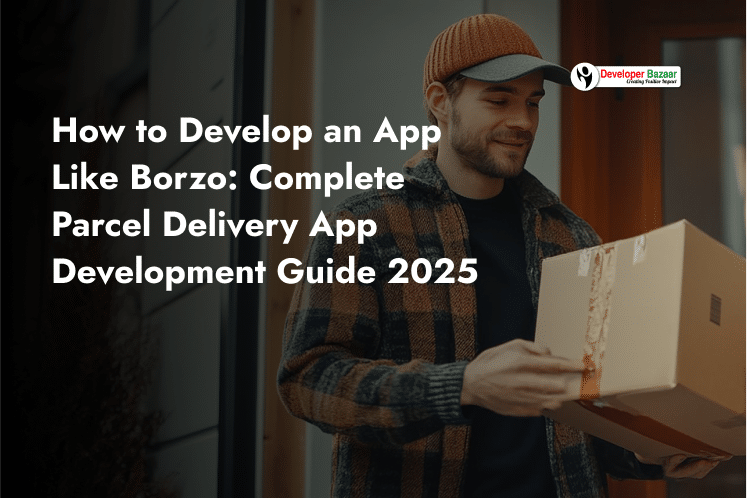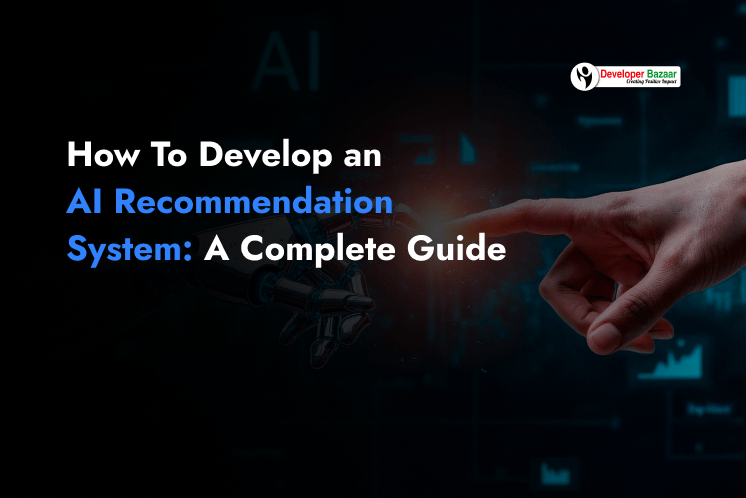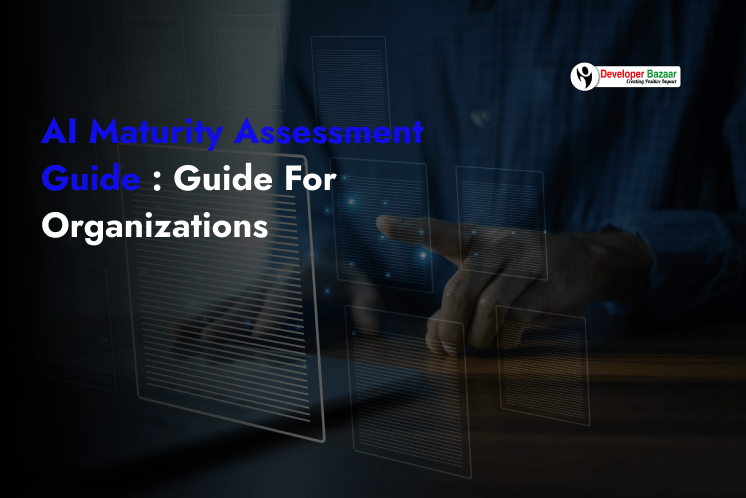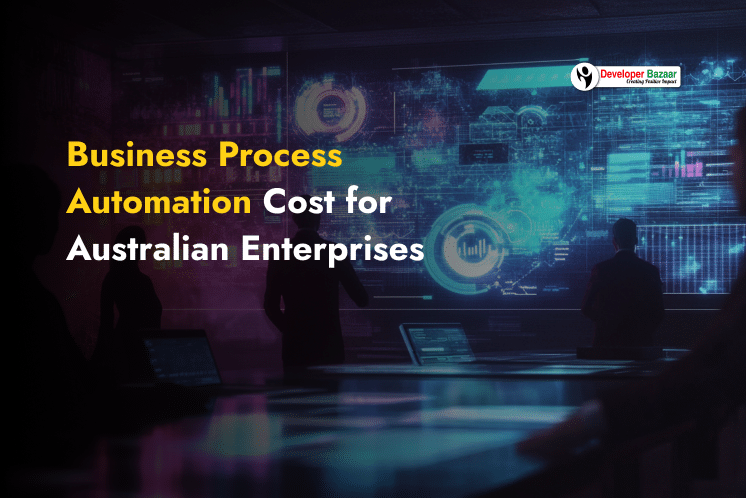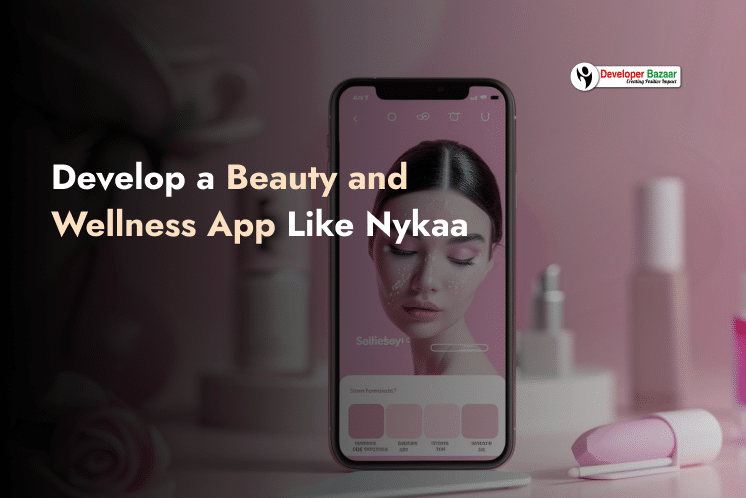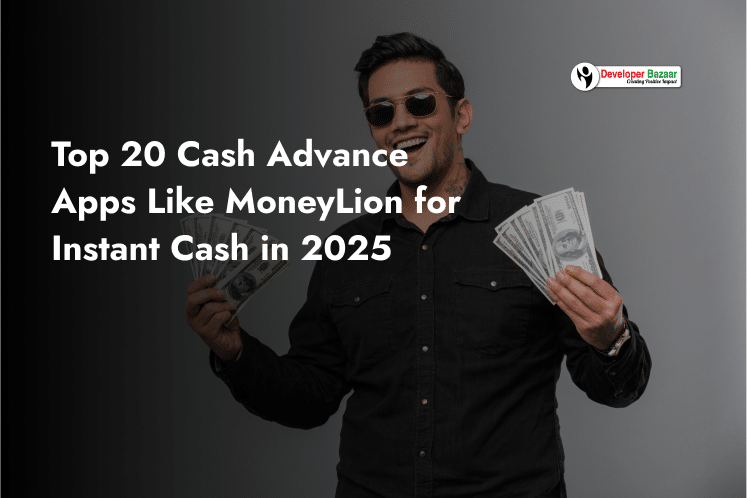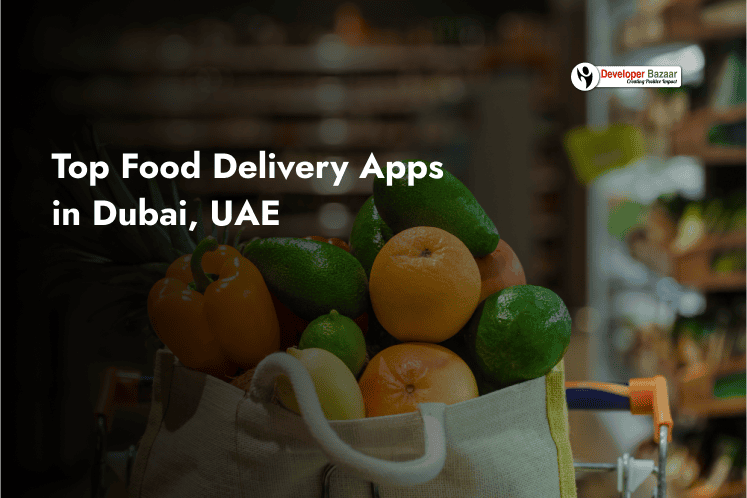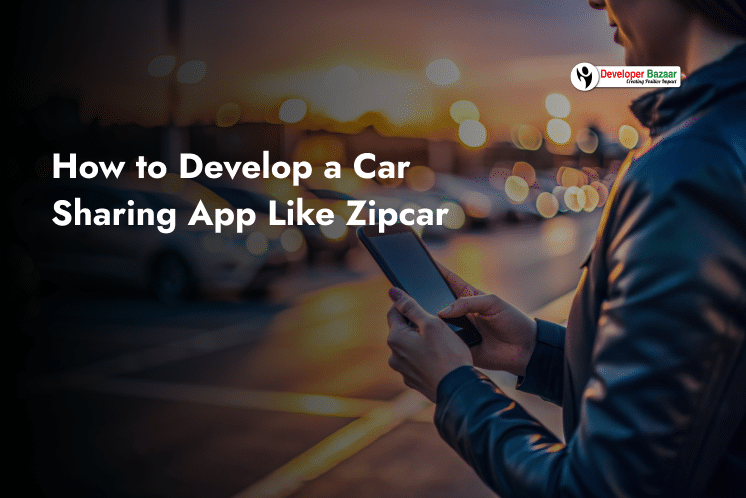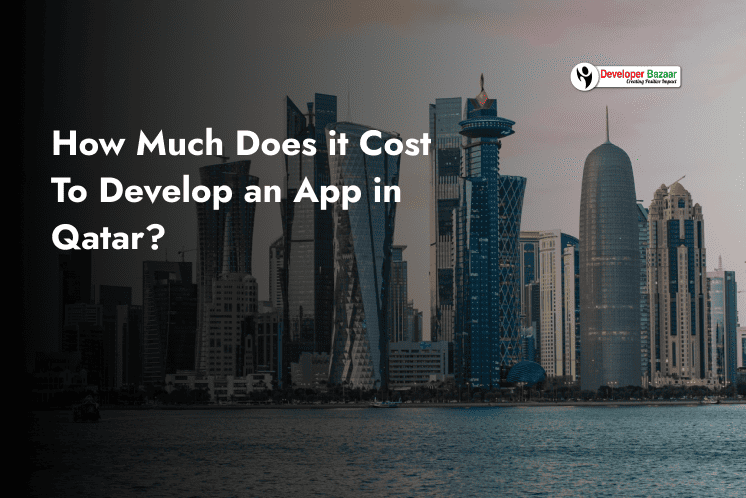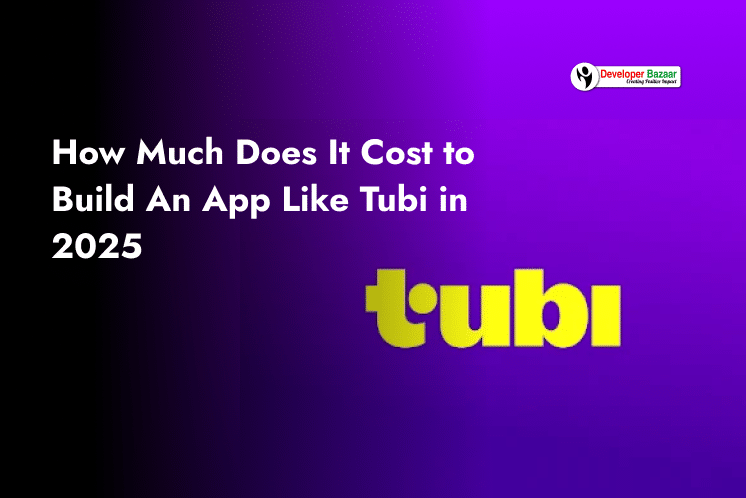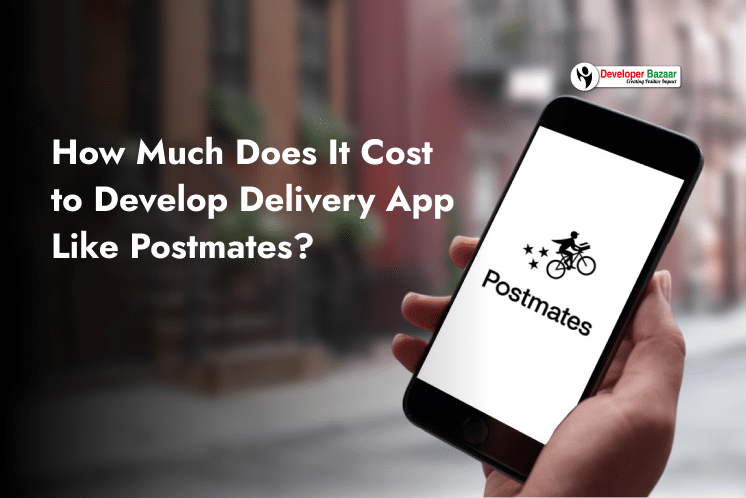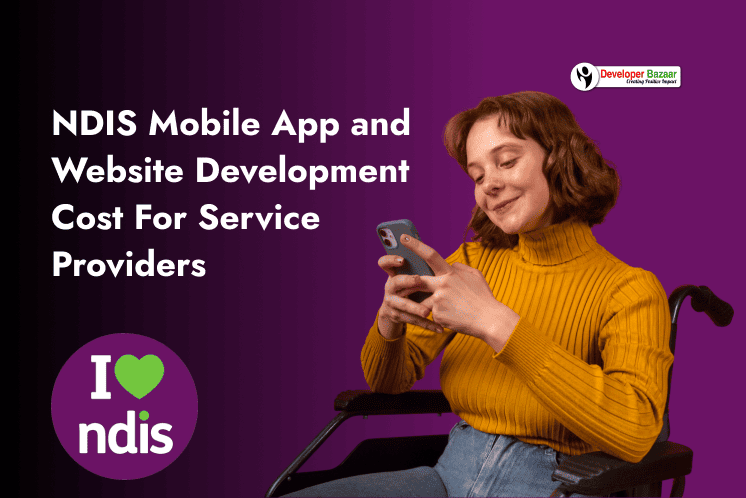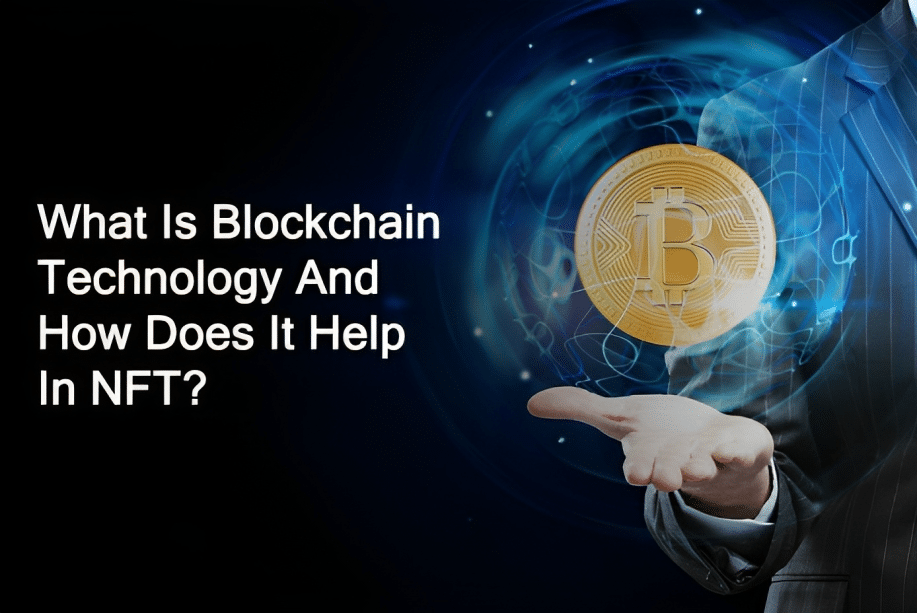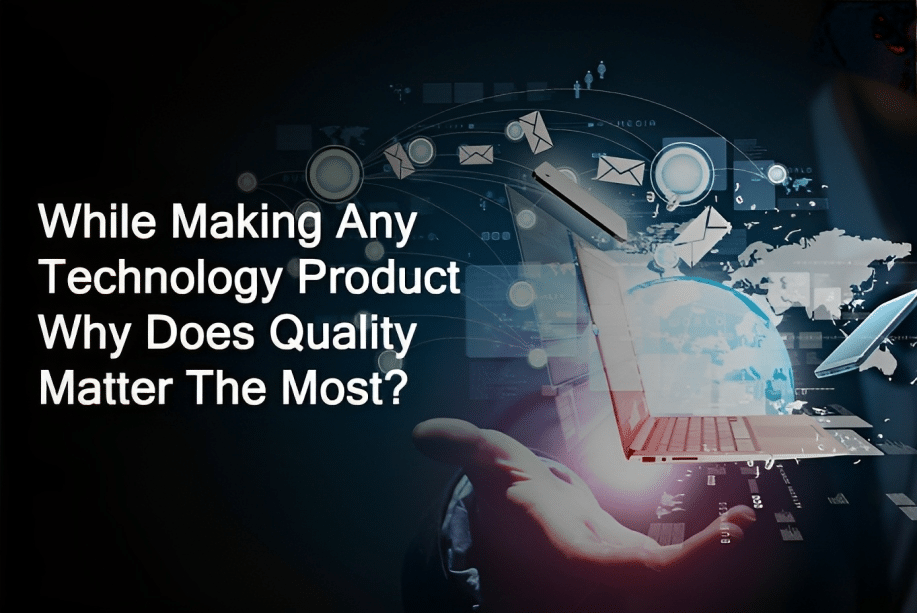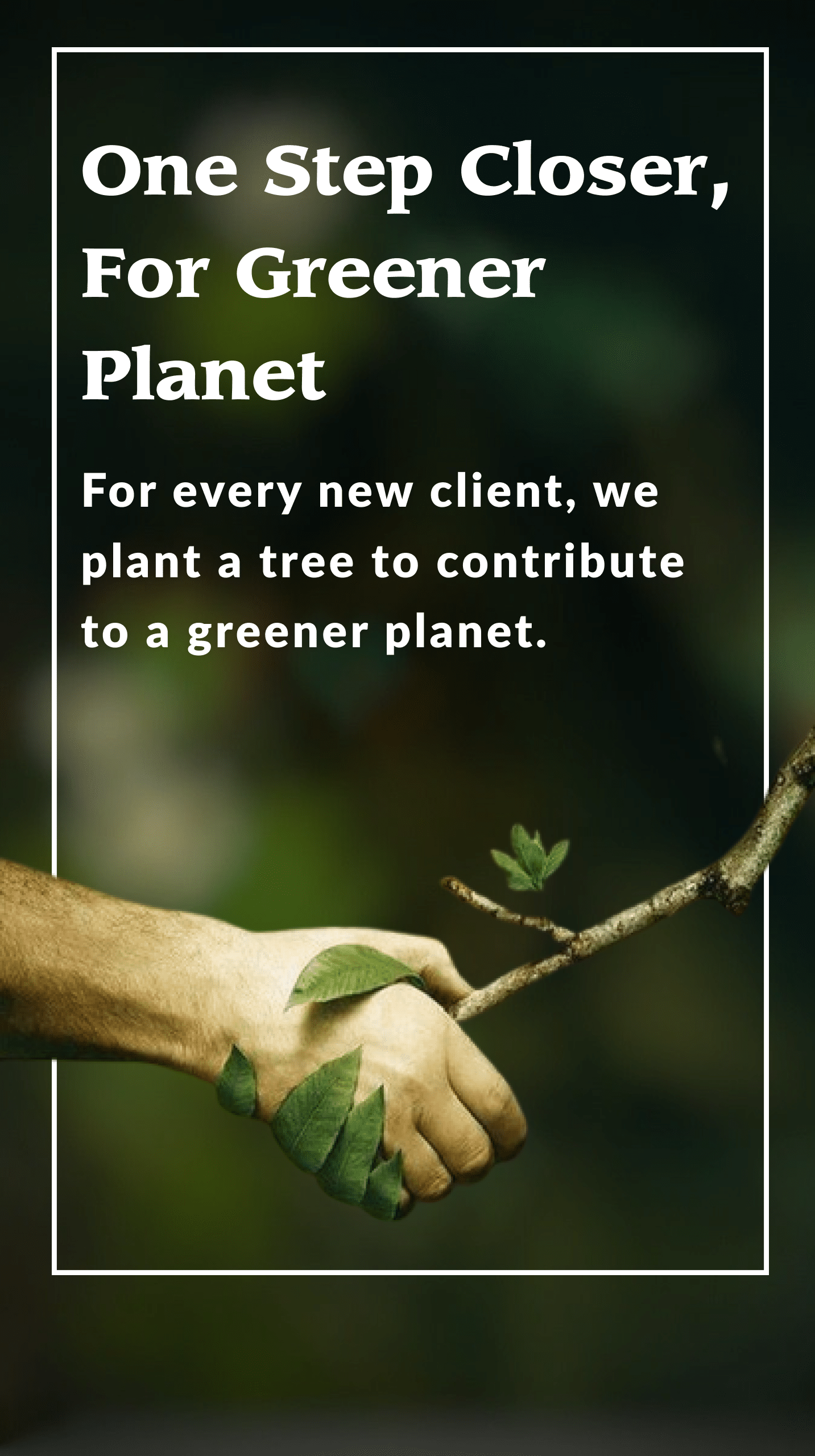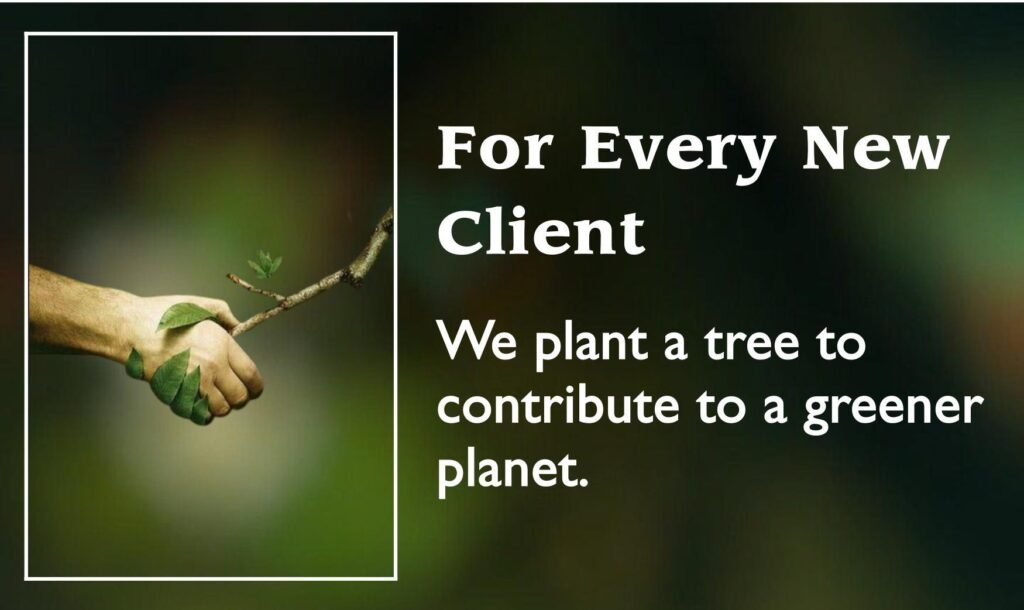Table of Contents
ToggleThe last-mile delivery sector has experienced explosive growth, driven by evolving consumer expectations for speed and transparency, and by businesses seeking competitive advantage through instant logistics. According to Market Research Future, the global last-mile delivery market is projected to reach $564.3 billion by 2032, expanding at a CAGR of 16.2% from 2024 to 2032—significantly outpacing many other logistics segments.
This surge underscores a fundamental transformation in delivery models, as companies move away from traditional scheduled services to on-demand, real-time solutions. In fact, same-day delivery has rapidly shifted from a premium offering to a mainstream expectation: research by PwC shows that 41% of consumers are willing to pay for same-day or faster delivery and expect delivery within three hours by 2027 (Capgemini).
This growing demand has created unprecedented opportunities for entrepreneurs and enterprises to build apps like Borzo (formerly WeFast), enabling affordable, efficient, same-day parcel delivery across diverse markets—from e-commerce to food, healthcare, and hyperlocal retail. The success of platforms such as Borzo highlights how digital logistics technology, automated dispatching, and crowd-sourced delivery fleets are reshaping the unit economics of last-mile delivery, making it both accessible to small businesses and profitable at scale.
What Is Borzo & Why Clone Its Model?
Borzo operates as an on-demand logistics platform that connects businesses and individuals with local couriers for same-day delivery services. Unlike traditional shipping companies that rely on hub-and-spoke models, Borzo leverages a network of independent drivers to provide direct, point-to-point delivery within urban areas. This approach enables faster delivery times, often within 2-4 hours of booking.
The platform’s success stems from addressing critical market gaps in traditional delivery services. Most conventional carriers focus on next-day or scheduled deliveries, leaving a significant void for urgent, same-day needs. Borzo fills this gap by offering flexible pricing, real-time tracking, and proof-of-delivery features that appeal to both B2B and B2C markets.
Borzo’s model is particularly attractive for small businesses, e-commerce retailers, and individuals who need reliable, fast delivery without the overhead of maintaining their own fleet. The platform’s technology-first approach optimizes routing, reduces delivery costs, and provides transparency throughout the delivery process, making it an ideal template for entrepreneurs looking to build an app like Borzo and enter the logistics space.
Core Features of a Borzo-Like Parcel Delivery App
Creating a successful parcel delivery app requires careful attention to the needs of all stakeholders. Your platform must serve senders, couriers, and administrators with distinct yet integrated feature sets.
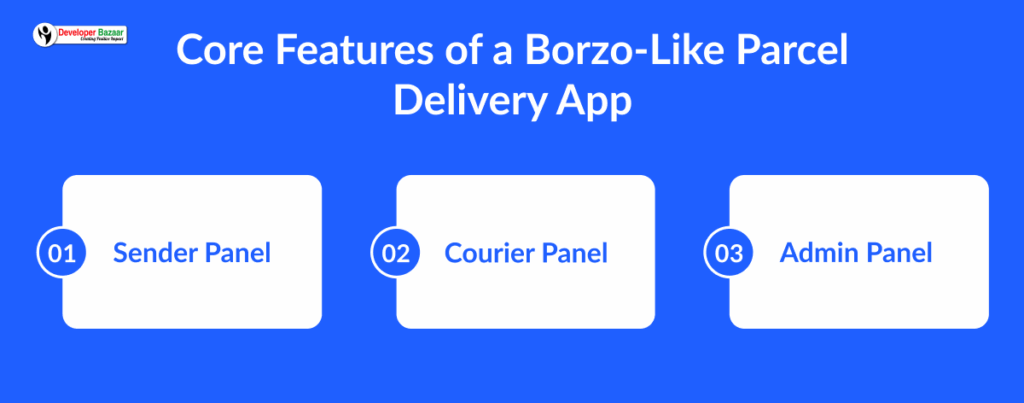
Sender Panel
The sender interface should prioritize simplicity and control. Schedule pickup functionality allows users to book deliveries immediately or plan for future dates, with flexible time slots accommodating different urgency levels. Smart scheduling can suggest optimal pickup times based on courier availability and traffic patterns.
Live parcel tracking provides real-time visibility into delivery progress, showing pickup confirmation, transit updates, and estimated arrival times. This transparency builds trust and reduces customer service inquiries. The tracking interface should include map visualization and push notifications for key milestones.
Proof of delivery features ensure accountability and completion verification. Digital signatures, photo confirmations, and SMS notifications to recipients provide comprehensive delivery documentation. These features protect both senders and couriers while building confidence in the service.
Courier Panel
The courier interface must optimize efficiency and earnings potential. Accept/reject jobs functionality allows drivers to review delivery details, including pickup location, destination, package size, and payment before committing. Smart matching algorithms can prioritize offers based on courier location and historical performance.
Navigation and route optimization integrate with mapping services to provide turn-by-turn directions and suggest efficient multi-stop routes. Real-time traffic updates and alternative route suggestions help couriers avoid delays and complete more deliveries per shift.
Earnings tracking provides transparent payment information, including completed deliveries, pending payments, and performance bonuses. Daily and weekly earnings summaries help couriers understand their income patterns and optimize their working schedules.
Admin Panel
The administrative interface enables platform management and growth. Fleet management tools monitor courier performance, availability, and capacity across different areas. Automated onboarding systems streamline courier registration and verification processes.
Order management provides comprehensive oversight of all platform activity, including pending pickups, in-transit deliveries, and completed orders. Exception handling tools help resolve issues quickly and maintain service quality standards.
Payments and reporting features manage financial transactions, commission structures, and performance analytics. Automated payment processing ensures timely courier compensation while detailed reporting helps identify growth opportunities and operational improvements.
How It Works: Parcel Delivery Workflow
A modern parcel delivery platform like Borzo is built around a frictionless, technology-first workflow that prioritizes speed, transparency, and reliability. The process begins when the sender creates a delivery request through the app, entering essential details such as pickup and destination addresses, package specifications, and the desired delivery time window. A smart pricing engine instantly calculates costs by analyzing distance, urgency, and any special handling needs, providing upfront clarity and eliminating hidden fees.
Once the order is confirmed, the system dynamically identifies available couriers nearby using real-time geolocation and courier availability data. Delivery offers are automatically dispatched to qualified couriers, who can review the job information and accept assignments that fit their schedule and route. The platform’s algorithms prioritize assignments based on a combination of proximity, performance ratings, and vehicle suitability to ensure fast pickup and optimized routes.
After a courier accepts the job, they receive guided pickup instructions and in-app navigation. Upon arrival, the courier verifies the package details—often scanning a QR code or barcode—and this action triggers automated notifications to both the sender and recipient, confirming that the delivery has started. Throughout the journey, real-time GPS tracking provides live updates and estimated arrival times, giving customers full visibility and peace of mind.
At the delivery point, the courier completes the transaction by collecting proof of delivery, such as an electronic signature, a PIN, or a timestamped photo. Payment processing happens automatically: the platform charges the sender’s preferred payment method and distributes the courier’s earnings based on a transparent commission model. This seamless, end-to-end workflow ensures both reliability for customers and efficiency for couriers, setting the gold standard for last-mile logistics.
Steps to Develop an App Similar to Borzo
Building a successful parcel delivery app requires strategic planning, disciplined execution, and a deep understanding of market dynamics.
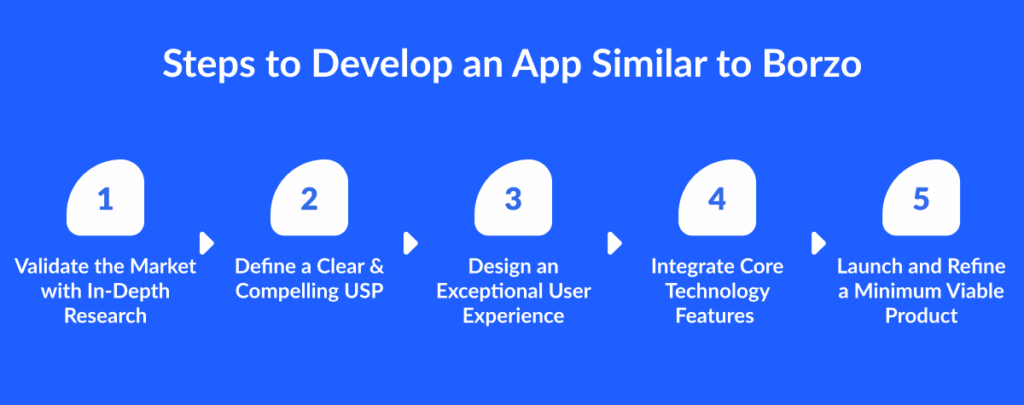
Step 1: Validate the Market with In-Depth Research
The process starts with validating your target market through comprehensive research and competitor analysis. It’s essential to map out local delivery patterns, price expectations, and service gaps. For example, many areas remain underserved by traditional carriers when it comes to same-day delivery, creating space for a specialized platform that promises faster turnarounds and more transparent pricing.
Step 2: Define a Clear and Compelling USP
Defining clear unique selling propositions is critical to stand out. Your app could differentiate itself by offering extended service hours, specialized vehicle options for fragile or temperature-sensitive goods, or a hyperlocal focus on industries such as pharmacy, floristry, or boutique retail. Carving out a distinctive niche will make your platform more resilient against competition.
Step 3: Design an Exceptional User Experience
A robust delivery app also hinges on exceptional user experience. Design intuitive, user-centered interfaces that enable senders to book deliveries in just a few taps while giving couriers powerful tools to accept jobs, navigate routes, and track earnings with ease. Regular user testing is vital to ensure that the booking process feels seamless and trustworthy, especially for first-time customers.
Step 4: Integrate Core Technology Features
Technology integration is another cornerstone of success. Real-time GPS tracking, automated notifications, and reliable payment processing are now baseline expectations. Your app should support offline capabilities for regions with inconsistent connectivity and deliver prompt, relevant updates without overwhelming users with unnecessary alerts.
Step 5: Launch and Refine a Minimum Viable Product
Once development is complete, launch a Minimum Viable Product (MVP) in a controlled geographic area to test core functionality, measure adoption, and gather actionable feedback. Early user insights will help you fine-tune everything from pricing structures to delivery workflows before you scale. With a validated model and a refined experience, you can expand into additional territories and services, steadily building a platform that rivals established players like Borzo while meeting the growing demand for same-day, hyperlocal delivery.
Tech Stack and Tools for Borzo-Like Parcel Delivery App
Selecting the right technology foundation ensures your parcel delivery app can scale effectively while maintaining performance and reliability. For mobile development, Flutter offers excellent cross-platform capabilities with a single codebase serving both iOS and Android users. Its performance rivals native apps while reducing development time and maintenance overhead.
React Native provides another strong cross-platform option, particularly if your development team has JavaScript expertise. It offers good performance and extensive third-party library support, making it suitable for feature-rich delivery applications.
For backend infrastructure, Node.js with Express delivers excellent real-time capabilities essential for delivery tracking and notifications. Its non-blocking architecture handles concurrent requests efficiently, making it ideal for high-traffic delivery platforms. The extensive npm ecosystem provides ready-made solutions for standard functionality.
Google Maps API remains the gold standard for mapping and navigation services, offering comprehensive global coverage and reliable routing algorithms. Mapbox provides a cost-effective alternative with customizable styling and competitive pricing for high-volume usage.
Firebase Cloud Messaging enables reliable push notifications across platforms, ensuring users receive timely updates about delivery status. Its integration with other Firebase services simplifies authentication and real-time database management.
Cost to Develop a Parcel Delivery App Like Borzo
Development costs vary significantly based on feature complexity, platform choices, and development team location. Understanding these cost factors helps establish realistic budgets and development timelines.
| Complexity | Timeline | Cost Estimate | Key Features |
|---|---|---|---|
| Basic MVP | 4-6 months | $25,000-$50,000 | Core booking, basic tracking, simple payments |
| Standard | 6-9 months | $50,000-$80,000 | Real-time tracking, route optimization, ratings |
| Advanced | 9-12 months | $80,000-$120,000 | AI optimization, advanced analytics, multi-payment |
Additional cost considerations include ongoing operational expenses such as cloud hosting, payment processing fees, and API usage costs. Third-party integrations for maps, notifications, and payment processing typically add $200-$500 monthly to operational costs.
Geographic location significantly impacts development costs. Eastern European teams offer excellent quality at $40-$70 per hour, while Asian development centers provide competitive rates at $25-$45 per hour. North American teams command premium rates of $100-$200 per hour but offer advantages in communication and regulatory compliance.
Borzo App Development Benefits and Advantages
Building a parcel delivery app offers numerous strategic advantages for businesses and entrepreneurs. The advantages of developing a parcel delivery app like Borzo extend far beyond simple logistics solutions.
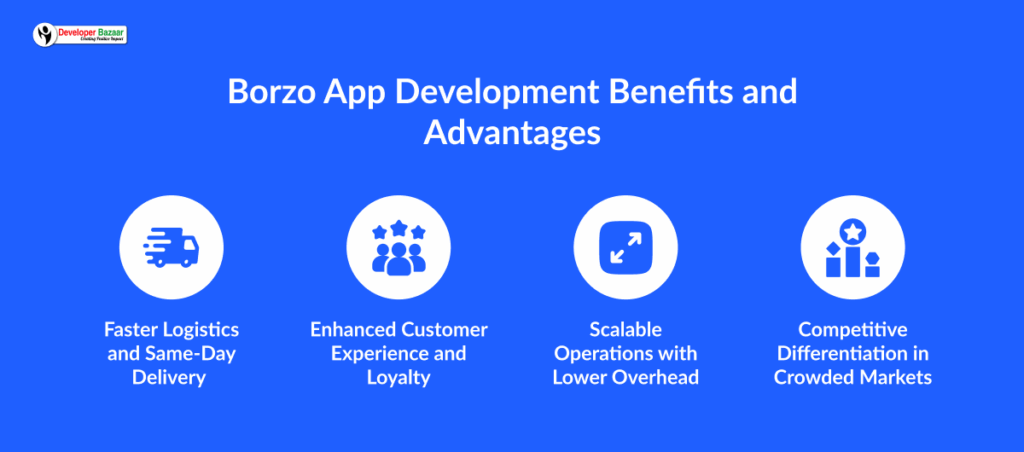
Faster Logistics and Same-Day Delivery
Faster logistics capabilities enable same-day delivery services that traditional carriers cannot match. This speed advantage creates competitive differentiation and opens new market opportunities.
Enhanced Customer Experience and Loyalty
Improved customer experience through real-time tracking, flexible scheduling, and transparent pricing builds customer loyalty and encourages repeat usage. Modern consumers expect visibility and control over their deliveries, which traditional services often fail to provide.
Scalable Operations with Lower Overhead
Scalable operations allow rapid expansion without proportional increases in infrastructure costs. Technology platforms can serve growing user bases while maintaining service quality, unlike traditional logistics companies that require significant capital investment for expansion.
Competitive Differentiation in Crowded Markets
Competitive differentiation in crowded markets becomes possible through specialized features, superior user experience, or targeted market focus. Technology enables rapid iteration and feature development that legacy competitors cannot match. These Borzo app development benefits make it an attractive investment for forward-thinking businesses.
How to Use Monetization Strategies for Your Parcel Delivery App?
Successful parcel delivery apps employ multiple revenue streams to ensure profitability and growth.
Delivery Fees and Dynamic Pricing
Delivery fees represent the primary revenue source, typically ranging from $3-$15 per delivery depending on distance, urgency, and package size. Dynamic pricing models can optimize revenue based on demand patterns and courier availability.
Subscription Plans for Business Clients
Subscription models for businesses provide predictable revenue while offering value to high-volume customers. Business plans might include discounted delivery rates, priority booking, and dedicated account management. Monthly subscriptions ranging from $50-$200 can significantly increase customer lifetime value.
Surge Pricing During High Demand
Surge pricing during peak demand periods or challenging weather conditions helps balance supply and demand while maximizing revenue. Transparent surge pricing communication prevents customer dissatisfaction while ensuring courier availability during high-demand periods.
Advertising and Partner Promotions
Advertisements and partner promotions create additional revenue opportunities through strategic partnerships with local businesses. Sponsored listings, promotional offers, and cross-selling opportunities can generate significant supplementary income while adding value for users.
Conclusion
The parcel delivery market presents substantial opportunities for entrepreneurs and businesses willing to invest in technology-driven solutions. With same-day delivery becoming increasingly essential for modern commerce, platforms like Borzo demonstrate the viability of on-demand logistics models. This comprehensive guide on how to develop a Borzo like app provides the roadmap for success.
Success in this space requires careful attention to user experience, operational efficiency, and strategic differentiation. By focusing on market gaps and leveraging technology to solve real logistics challenges, new entrants can capture significant market share. The key lies in building scalable technology foundations while maintaining service quality and competitive pricing.
The growing demand for instant delivery services, combined with increasing consumer expectations for transparency and control, creates a favorable environment for new parcel delivery platforms. With proper planning, execution, and ongoing optimization, this Borzo clone development guide demonstrates how developing a Borzo-like app can become a profitable venture in the expanding logistics technology sector.
FAQs
Q. How long does it take to build an app like Borzo?
Parcel delivery app development typically takes 4-6 months for an MVP and 6-12 months for a full-featured platform. The timeline depends on feature complexity and team size.
Q. What is the cost to develop an app like Borzo?
Costs range from $50,000-$80,000 for basic apps to $130,000-$200,000 for advanced platforms. Development location significantly impacts pricing.
Q. Can I customize the features in my Borzo clone?
Yes, most development teams offer complete customization to match your specific business requirements and target market needs.
Q. What tech stack is used in Borzo app development?
Common stacks include Flutter/React Native for mobile, Node.js for backend, Google Maps for navigation, and Firebase for notifications.
Q. What are the main advantages of developing a parcel delivery app like Borzo?
Key benefits include faster logistics, improved customer experience, scalable operations, and competitive market differentiation.

RM Mishra
Co-Founder
Developer Bazaar technologies
